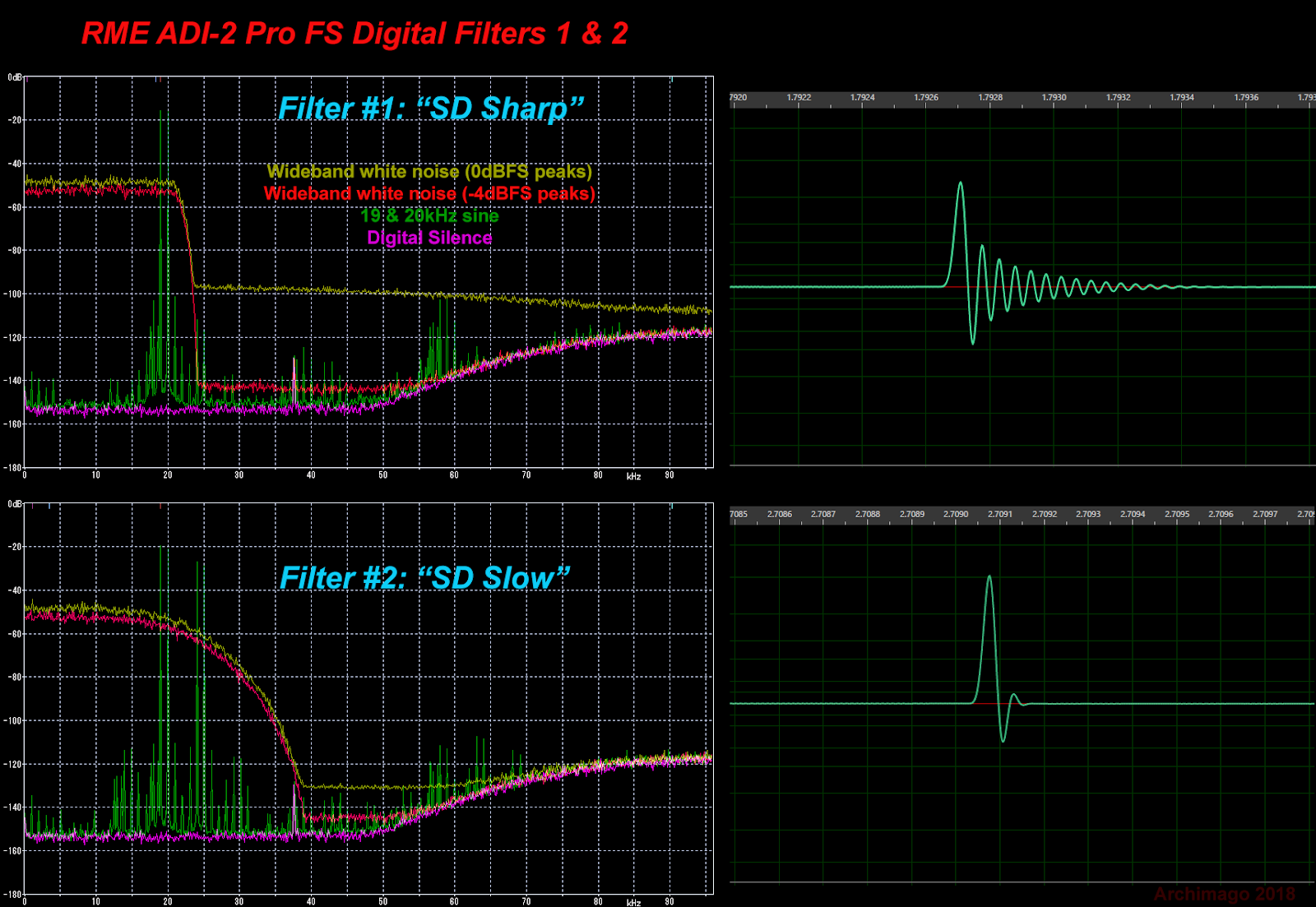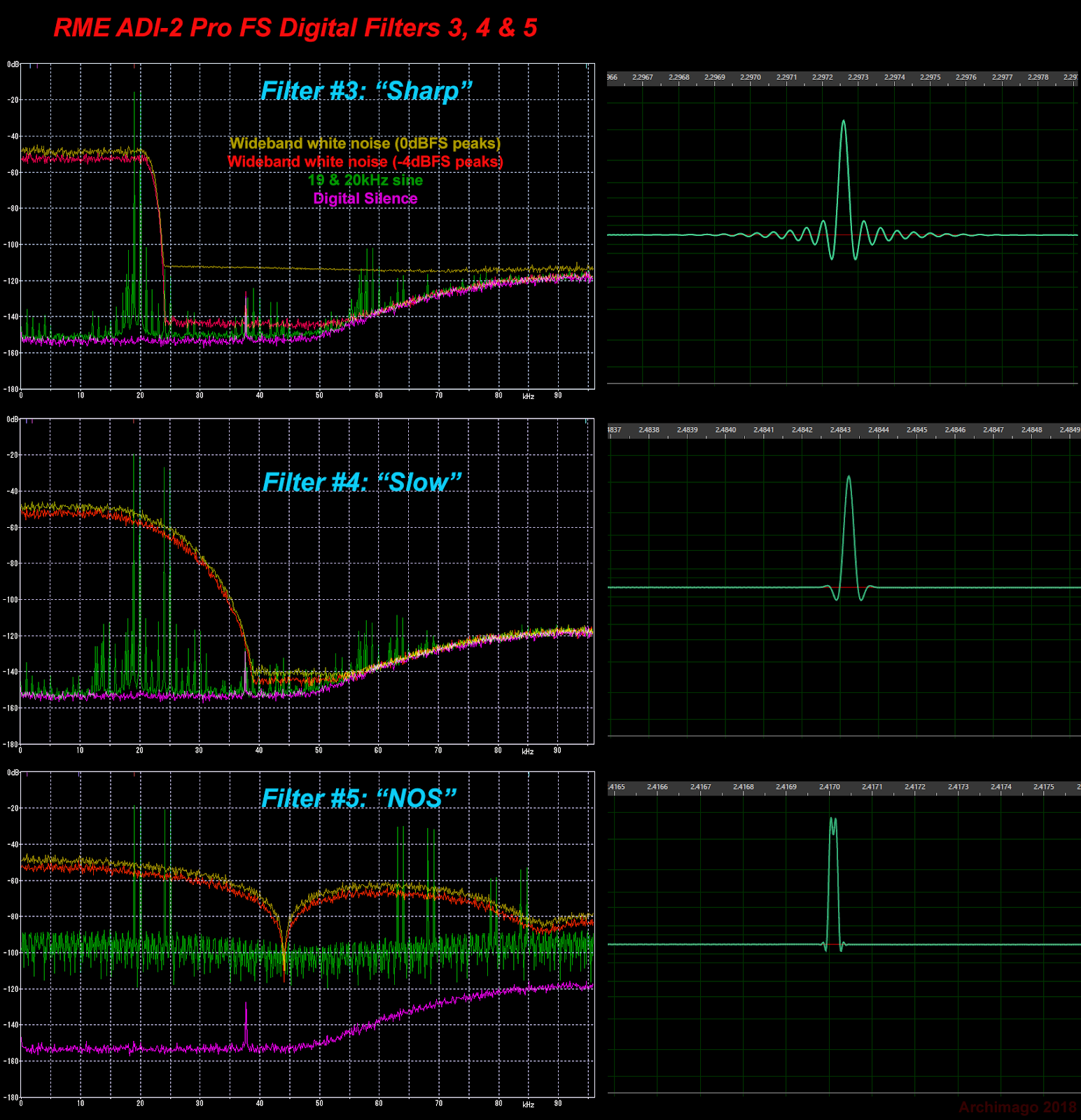-
WANTED: Happy members who like to discuss audio and other topics related to our interest. Desire to learn and share knowledge of science required. There are many reviews of audio hardware and expert members to help answer your questions. Click here to have your audio equipment measured for free!
- Forums
- Audio, Audio, Audio!
- DACs, Streamers, Servers, Players, Audio Interface
- Combination Audio DAC and Headphone Amplifiers
You are using an out of date browser. It may not display this or other websites correctly.
You should upgrade or use an alternative browser.
You should upgrade or use an alternative browser.
Question about PCM filter mode setting of Topping DX3 Pro LDAC
- Thread starter TLSX
- Start date
Example from another Topping DAC:
https://www.audiosciencereview.com/...ts-of-topping-d50-dac.2403/page-49#post-94424

https://www.audiosciencereview.com/...ts-of-topping-d50-dac.2403/page-49#post-94424
The D50 uses filters from the ES9038Q2M chip. The DX3 Pro uses AK4493. Here are the measurements from RME for the AK4493 filters (Note that Super Slow has been replaced by NOS)Example from another Topping DAC:
solderdude
Grand Contributor
If it were mine I would leave it on F-3 (default for a reason) alternatively F1 or F-6 (should sound the same)
When you find the treble too 'sharp' use F4.
18kHz-3dB should be audible.
When you find the treble too 'sharp' use F4.
18kHz-3dB should be audible.
TLSX
Member
- Joined
- Nov 14, 2019
- Messages
- 9
- Likes
- 0
- Thread Starter
- #5
I have carefully compared why the DX3 PRO lacks more bass than the iphone and ipad. Have you found out? And other DACs seem to be the same.Example from another Topping DAC:
https://www.audiosciencereview.com/...ts-of-topping-d50-dac.2403/page-49#post-94424
View attachment 39884
TLSX
Member
- Joined
- Nov 14, 2019
- Messages
- 9
- Likes
- 0
- Thread Starter
- #6
I have carefully compared why the DX3 PRO lacks more bass than the iphone and ipad. Have you found out? And other DACs seem to be the same.If it were mine I would leave it on F-3 (default for a reason) alternatively F1 or F-6 (should sound the same)
When you find the treble too 'sharp' use F4.
18kHz-3dB should be audible.
The slow filters roll off earlier but have worse rejection of images while having a lower latency.
The 'Short Delay' filters F-3 and F-4 are minimum phase and have lower latency but non-flat phase response, while F-1 and F-2 are linear phase and have as the name suggest flat phase response but higher latency.
F-6 is a neither minimum nor linear phase but a compromise. It has less non-flat phase response but higher latency than F-3/4 but still non-flat phase response but lower latency than F-1/2 while being almost as extended as the sharp filters but with worse rejection of images but better than the slow filters.
F-5 has linear phase, the lowest latency but also almost no rejection of images and rolls off the earliest.
Apart from F-6, the filters' performance can be seen here:


Source: https://archimago.blogspot.com/2018/09/measurements-rme-adi-2-pro-fs-as-dac.html
Anyways, the most correct, i.e. according to the underlying math (flat frequency and phase response and infinite attenuation after half the sample frequency (brickwall)), is F-1.
Also, AKM has made this interesting chart...

Source: https://www.audiosciencereview.com/...-adi-2-dac-and-headphone-amp.7546/post-176206
The 'Short Delay' filters F-3 and F-4 are minimum phase and have lower latency but non-flat phase response, while F-1 and F-2 are linear phase and have as the name suggest flat phase response but higher latency.
F-6 is a neither minimum nor linear phase but a compromise. It has less non-flat phase response but higher latency than F-3/4 but still non-flat phase response but lower latency than F-1/2 while being almost as extended as the sharp filters but with worse rejection of images but better than the slow filters.
F-5 has linear phase, the lowest latency but also almost no rejection of images and rolls off the earliest.
Apart from F-6, the filters' performance can be seen here:


Source: https://archimago.blogspot.com/2018/09/measurements-rme-adi-2-pro-fs-as-dac.html
Anyways, the most correct, i.e. according to the underlying math (flat frequency and phase response and infinite attenuation after half the sample frequency (brickwall)), is F-1.
Also, AKM has made this interesting chart...
Source: https://www.audiosciencereview.com/...-adi-2-dac-and-headphone-amp.7546/post-176206
TLSX
Member
- Joined
- Nov 14, 2019
- Messages
- 9
- Likes
- 0
- Thread Starter
- #8
Thank you for your reply! I still have a question:Why do I feel that the DX3's bass is obviously lacking? Whether using iphone,ipad or PCThe slow filters roll off earlier but have worse rejection of images while having a lower latency.
The 'Short Delay' filters F-3 and F-4 are minimum phase and have lower latency but non-flat phase response, while F-1 and F-2 are linear phase and have as the name suggest flat phase response but higher latency.
F-6 is a neither minimum nor linear phase but a compromise. It has less non-flat phase response but higher latency than F-3/4 but still non-flat phase response but lower latency than F-1/2 while being almost as extended as the sharp filters but with worse rejection of images but better than the slow filters.
F-5 has linear phase, the lowest latency but also almost no rejection of images and rolls off the earliest.
Apart from F-6, the filters' performance can be seen here:


Source: https://archimago.blogspot.com/2018/09/measurements-rme-adi-2-pro-fs-as-dac.html
Anyways, the most correct, i.e. according to the underlying math (flat frequency and phase response and infinite attenuation after half the sample frequency (brickwall)), is F-1.
Also, AKM has made this interesting chart...

Source: https://www.audiosciencereview.com/...-adi-2-dac-and-headphone-amp.7546/post-176206
I have the same problemThank you for your reply! I still have a question:Why do I feel that the DX3's bass is obviously lacking? Whether using iphone,ipad or PC
My TIN T2s bass is ok on my laptops audio out but on the DX3 is non-existent.
Yes, the DX3 sounds clearer and more detailled, but the bass is gone.
MY SMSL M500 also provides way more bass to the TIN T2s.
Which headphones? Do you know their impedance?Same problem here just got my DX3 Pro, its a high resolution sound, but bass is lacking, just doesnt sound right and good. I send it back.
Fostex TH900 32 ohms.. even on thoseWhich headphones? Do you know their impedance?
I mean.. there was clearly less bass compared to the SMSL M500 on my 150 Ohms Sennheiser 58X.Fostex TH900 32 ohms.. even on those
This device has just been butchered with that V2 "improvement". It's really a pity. There aren't that many all-in-one units at this price point with that kind of quality (referring to V1).
The rule someone posted was that you need 8 times the output impedance to match your headphones impedance minimum.
So according to that rule, if the V2 has 10 ohms out output impedance that would mean that your headphones have to have at least 80 ohms to not be affected. I am wondering why my 150 ohms headphones are audibly affected then? Something is weird about this device...
Last edited:
I mean.. there was clearly less bass compared to the SMSL M500 on my 150 Ohms Sennheiser 58X.
How was this measured? Were the levels matched?
Similar threads
- Replies
- 2
- Views
- 2K
- Replies
- 15
- Views
- 3K
- Replies
- 3
- Views
- 4K
- Replies
- 2
- Views
- 442
